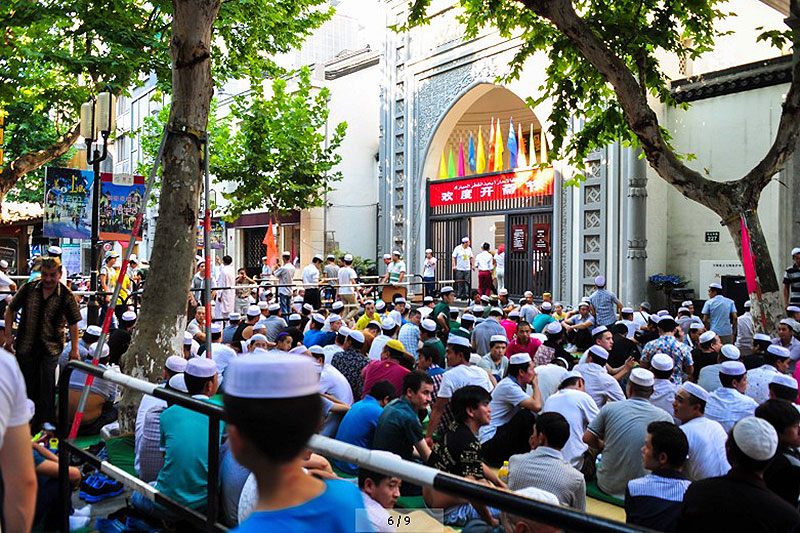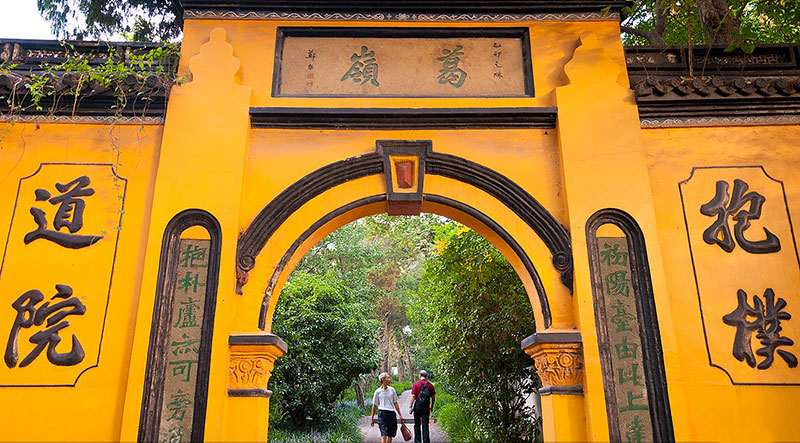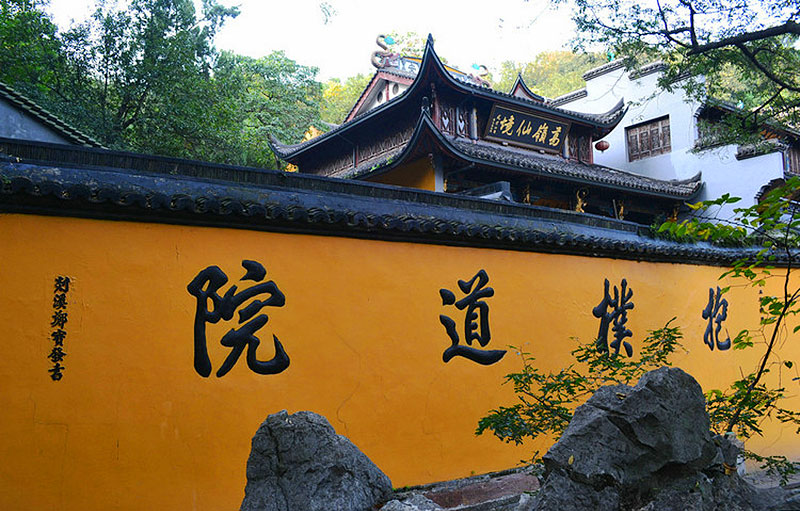Despite the cloak of atheism that descended upon China over many centuries, Hangzhou remains a sanctuary to various religions, such as Buddhism, Taoism, Islam and Christianity. These monasteries, temples, mosques and churches serve as living testaments to Hangzhou peoples’ excellent cultural tolerance and devout receptivity.
Hangzhou is renowned as a bastion of the Buddhist faith, which spread like wildfire across the formidable Himalayas in the second century AD. The Wuyue Kingdom, established by King Qian, was a Buddhist realm. During the reign of its kings, this foreign faith prospered along the hills of West Lake and Qiantang River, the latter being famous for a most breathtaking tidal bore which occurs annually during the eighth lunar month. Advocated by the ruling monarchs at the time, this Indian-based faith quickly embedded itself into Chinese culture. Chan, also known as Zen in Japan, epitomizes the profound and subtle philosophy underlying Buddhism. Lingyin Temple, or Monastery of Soul’s Retreat, stands out as one of the largest and most influential Chan monasteries in China. During Chinese Spring Festival, locals throng to this retreat and compete with each other in burning the first incense, which is the most auspicious, as well as the most expensive.
Filled with tourists from home and abroad, Lingyin Temple (or Soul's Retreat Monastery) is not conducive for peaceful contemplation during National holidays or weekends, but it still manages to convey some authentic feelings of life as a monk in the 21th century. If you are interested, you can remain in this monastery to meditate, pray, or simply to soak up its serenity. A quality that the bustling city of Shanghai lacks.
According to one of Buddhism’s main tenets, desire is the source of all suffering, and that only by obeying the noble eightfold path of Buddhism can all suffering be eliminated. This occurs by achieving nirvana either in this earthly life, or in the spiritual life. Nirvana is a transcendent state free from suffering and from the endless cycle of birth and rebirth.
Phoenix MosqueHangzhou shelters a bunch of mosques. During the Yuan Dynasty (1271-1368), the Mongols unified China into an empire running all the way from the East China Sea to the deserts of Persia. The establishment of the Yuan Dynasty triggered massive migrations, not only within China, but across the world. Many imperial administrators and soldiers from the Muslim faith, as well as Muslim traders from Central Asia or Arabian Peninsula and Egypt, migrated and settled in Hangzhou. Today, a small number of migrants from the largely Muslim City of Xinjiang (China’s Uighur Autonomous Region in the far northwest), undertake a pilgrimage to the Phoenix Mosque, to assemble and pray there. Sadly, the magnificent prayer hall built by the Khans during the Yuan Dynasty has been reduced to ruins in recent decades. A new, less ostentatious prayer hall has now been erected where devout Muslims can pray towards Mecca.

Baopu Taoist Temple
Situated on Geling Hill, Baopu Taoist Temple is, without question, the best place to savor Taoism in Hangzhou. It is off the beaten track and relatively hidden amid dense forest, which makes it a place for quiet observance, rather than ostentatious reverence.


